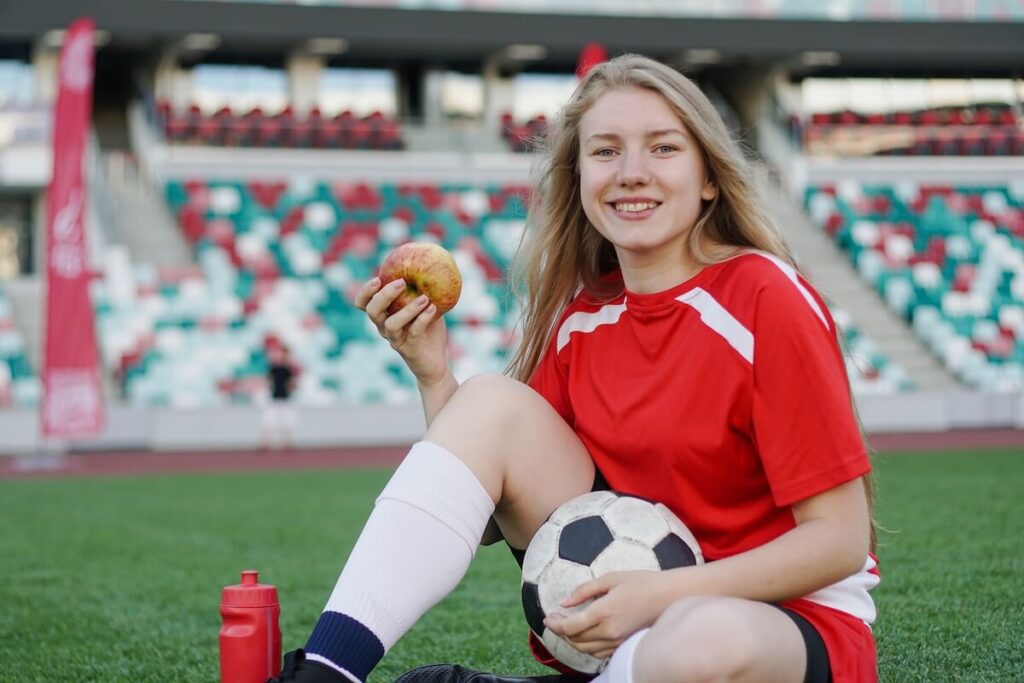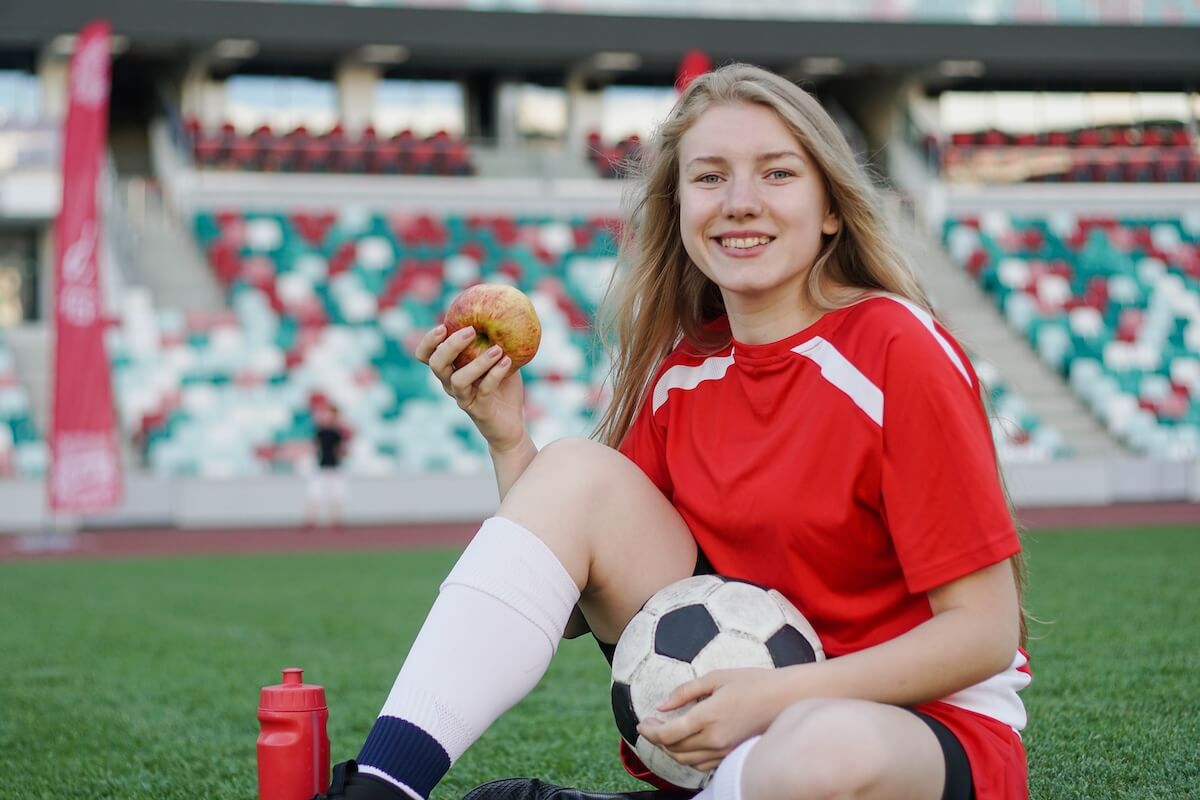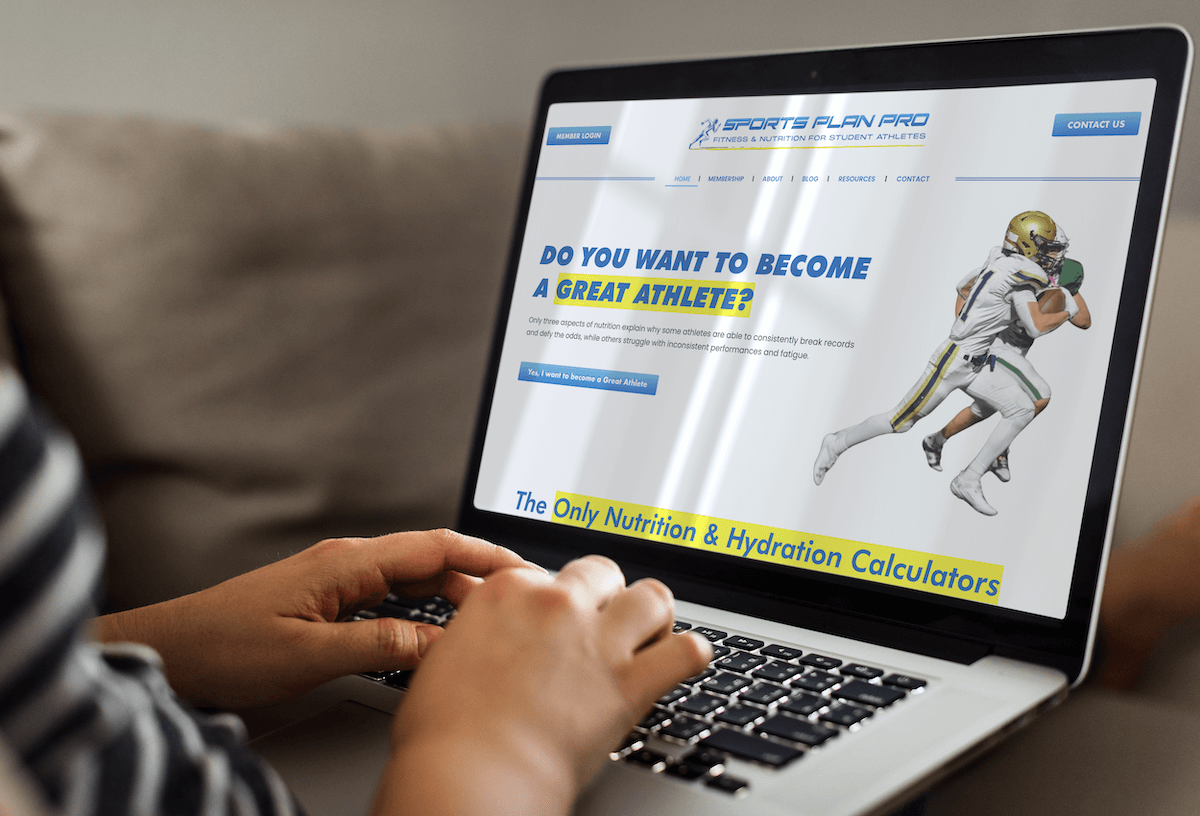In a culture that glorifies discipline and promotes the idea that “more is better,” it’s easy for athletes to assume that longer workouts or higher training volumes will automatically lead to better results. But as training demands increase, so too do the body’s nutrition needs. If you’re feeling stuck, underperforming, or not seeing results that match your effort, it might be time to ask: Are you eating enough to support your sport?
What is Energy Availability (EA)?
Before determining whether you’re fueling enough, it’s crucial to understand the concept of energy availability (EA). EA is the amount of energy remaining after accounting for what’s used during exercise1. Your body needs energy not only for sport but also for functions such as hormone production, immunity, and tissue repair2. When dietary intake cannot cover the combined demands of exercise and these physiological processes, the body is forced to prioritize short-term survival over long-term health.
What is Underfueling?
Underfueling occurs when athletes fail to meet their nutrition requirements to support both activity and their bodies’ basic biological needs. While this can be intentional, as in the case of restrictive eating disorders, it is often unintentional2. Athletes might underestimate just how many calories they’re burning during high-intensity or high-volume training, experience decreased appetite after exercise, skip meals due to hectic schedules, or follow rigid eating patterns that do not provide adequate energy.
Signs You May Be Running on Low
The signs of underfueling and low energy availability (LEA) are often subtle at first but become more noticeable over time. Some common indicators that your body isn’t getting enough fuel include2:
– Persistent fatigue, regardless of sleeping patterns
– Prolonged muscle soreness and slower recovery after workouts
– Frustrating performance plateaus, despite consistent effort
– Frequent illness and/or injury (such as stress fractures)
– Difficulty falling or staying asleep
– Anxiety, depression, and/or difficulty concentrating
– Missed periods (in females) and decreased testosterone levels (in males)
When athletes remain in a chronic energy deficit, they may develop Relative Energy Deficiency in Sport (RED-S). Recognized by the International Olympic Committee, RED-S reflects the wide-ranging impact of LEA on the body3. It can affect metabolism, hormones, bone health, immunity, and cardiovascular function1,2, ultimately compromising both health and athleticism.
How to Fuel Your Sport
- Estimate Your Energy Requirements
Your energy needs vary depending on training volume, intensity, frequency, age, sex, and growth stage. A sports dietitian can help you calculate your total energy expenditure (TEE), assess whether your current intake is appropriate, and make recommendations as needed.
- Include balanced meals and snacks
Meeting your nutritional needs isn’t just about eating enough; it’s about eating the right kinds of fuel. Ask yourself:
- Am I eating enough carbohydrates to stay energized during a run or practice?
- Am I getting enough protein to promote recovery and muscle repair?
- Am I including fats in my meals to provide sustained energy and to help absorb fat-soluble vitamins?
If you answered “no” to any of the questions above, it might be time to take a closer look at your fueling habits. Ideally, meals should include all three macronutrients, while snacks should contain at least two to help stabilize blood sugar and sustain energy between meals.
- Time Your Fuel Strategically
When it comes to nutrition, when you eat can be just as important as what you eat. Consistently well-timed meals and snacks fuel immediate energy needs and support long-term recovery and adaptation. Aim to have a balanced meal three to four hours before training or competition. If you’re eating closer to your workout, choose a snack high in carbs but low in fat and fiber to power you through without digestive discomfort. Within 30 to 60 minutes after exercise, prioritize carbs and protein to replenish glycogen stores and aid muscle repair. Spacing meals and snacks every three to four hours can help prevent underfueling and reduce the risk of energy deficits.
- Don’t Rely Solely on Hunger
Hunger cues aren’t always the most reliable way to gauge your body’s needs, particularly during periods of intense training, stress, or when appetite is suppressed post-workout. Even if you’re not feeling hungry, your body still requires at least the same amount of nutrition, if not more. This is where following a set schedule (i.e., eating every three to four hours) can be extremely helpful.
Similarly, your body often sends signals when something is off, so pay attention to how you’re feeling each day. Ongoing tiredness, frequent aches, mood swings, or “hitting the wall” could be early signs that you’re not providing your body with enough fuel to keep up with its demands.
- Seek Expert Guidance
Even with the best intentions, it can be difficult to know if you’re truly meeting your nutritional needs, especially as your training intensifies or evolves. A registered dietitian (RD) can help you create a personalized meal structure that aligns with your specific goals and needs. The dietitians at LCWNS bring extensive experience in supporting athletes, from the competitive soccer player to those training for multi-day, endurance events.
Introducing Sports Plan Pro
Sports Plan Pro is an evidence-based nutrition platform specifically designed for teen athletes ages 16+. It offers a variety of resources, from detailed nutrition and hydration calculators to expert-written blogs, helping athletes meet their energy demands and optimize their performance. Developed by a team of registered dietitians, strength coaches, and teen athletes, Sports Plan Pro empowers young athletes to make informed decisions about their nutrition.
References
- Areta JL, Taylor HL, Koehler K. Low Energy Availability: History, Definition and Evidence of Its Endocrine, Metabolic and Physiological Effects in Prospective Studies in Females and Males. European Journal of Applied Physiology. 2020;121(1). doi:https://doi.org/10.1007/s00421-020-04516-0
- Yetman D. What Is Relative Energy Deficiency in Sport and Can You Prevent It? Healthline. Published January 23, 2025. Accessed April 20, 2025. https://www.healthline.com/health/relative-energy-deficiency-in-sport#what-it-is
- NEDA. Relative Energy Deficiency in Sport and Eating Disorders-NEDA. National Eating Disorders Association. Published March 4, 2024. Accessed April 20, 2025. https://www.nationaleatingdisorders.org/relative-energy-deficiency-in-sport-red-s/








